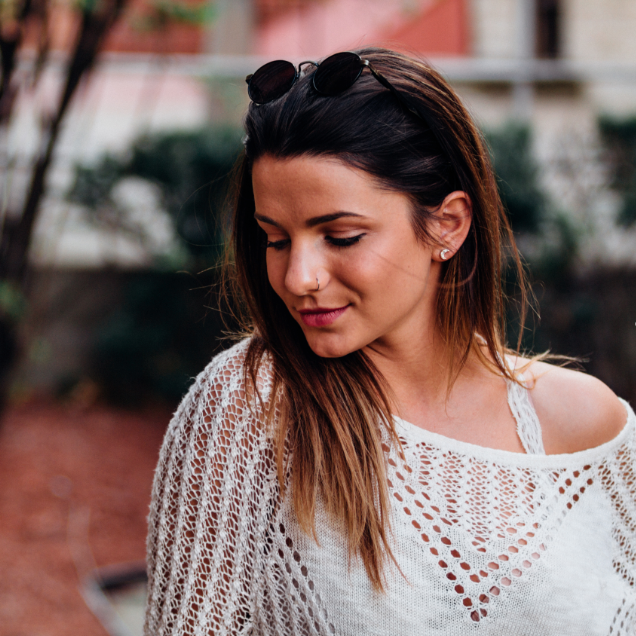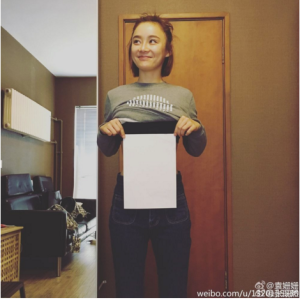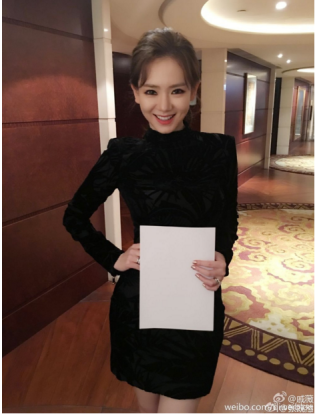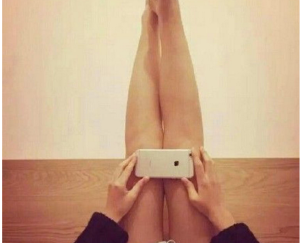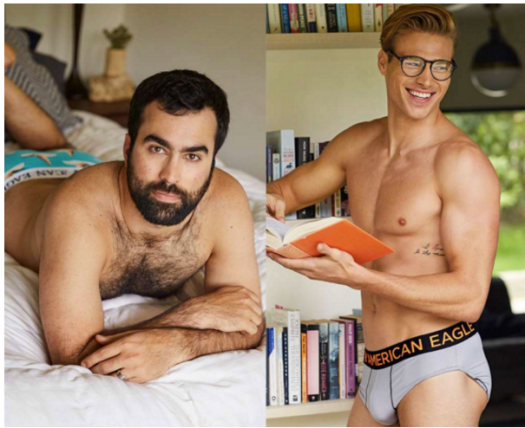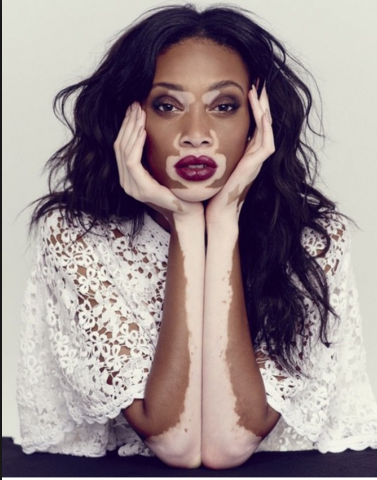Calvins Klein’s latest campaign is has the slogan “In my Calvin’s I _____” where wearers are encouraged to fill in the blank with a verb describing how their Calvin’s make them feel.

One customer, took the campaign a step further when she chose to pose in her Calvin’s for a photoshoot in order to send a message to other women. Blogger and mother Brenda Derouen is that woman, though she was not always comfortable in her own skin. According to an interview with Cosmopolitan, Derouen had trouble accepting the stretch marks left on her body after giving birth….
“I struggled for years to accept the stretch marks on my body,” she says. “For the past year, I’ve been on a journey to love myself and inspire other women along the way. The shoot had nothing to do with Kendall, and everything to do with me. I chose to pose in Calvin Klein underwear to send a message to women about self-acceptance and self-love. I wanted to celebrate the end of my body insecurities.”
The powerful photographs of Derouen went viral quickly, and even inspired other women to admit their own insecurities… one woman wrote in a comment on Derouen’s blog, “I’ve been insecure about my tiger marks and wrinkly tummy for the longest. This is sooooo encouraging.”
Here are some of the images from her photoshoot with photographer Deun Ivory:
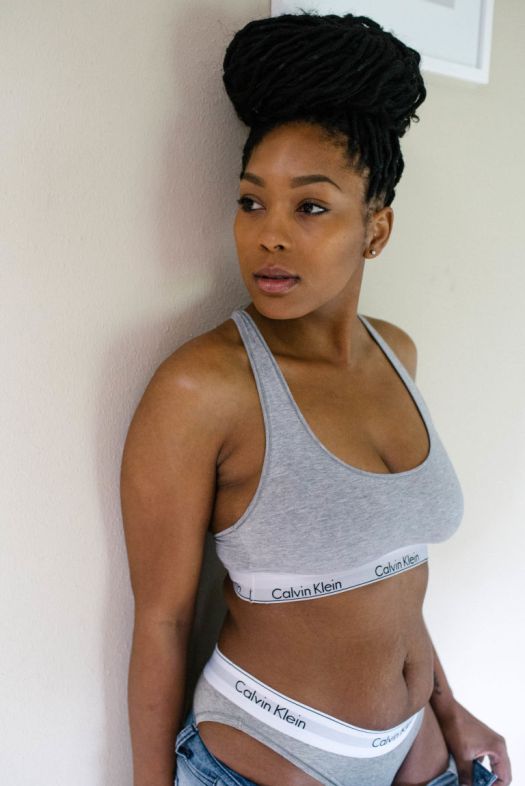
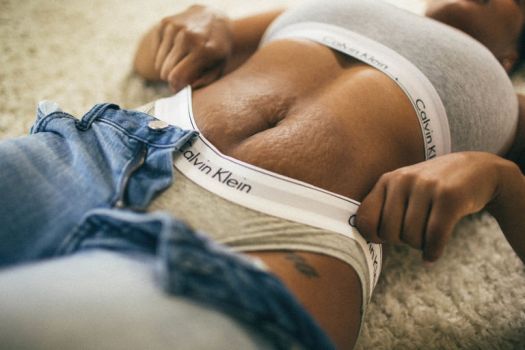
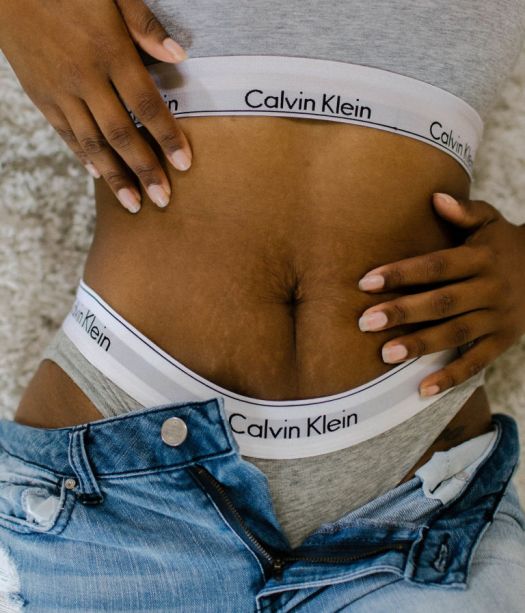
While media and advertisements can easily have the finger pointed at them for preying on consumers insecurities… it seems like Calvin Klein’s latest may have gotten something right. The powerful images recreated by Derouen show that when we are shown positive images in media and advertisements, the effect can be contagious.
“This is for the millions of women out there who recognize that their bodies are a piece of art, that it will continuously change and that it will naturally show signs of maturity, growth, age, and, for those women who are super lucky, motherhood,” – from a post on Derouen’s Blog
